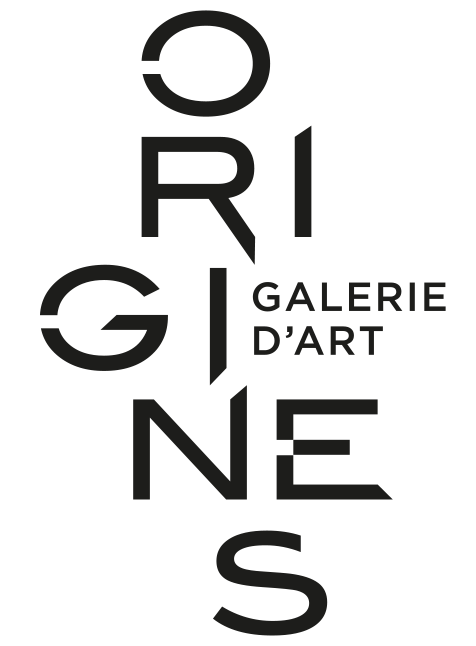Montières
Montières
The Montières factory, founded in 1915 in the district of Amiens bearing the same name, started modestly as a small pottery. When the founders were mobilized during World War I, the industrialist Désiré Borck took over the reins of the company in 1917. Under the artistic direction of Jean Barol, an experienced potter, the workshop specialized in ceramic production. Barol recruited local artists, some of whom had already worked in the French camouflage workshop during the war. Initially, the clay used came from Vallauris, giving the pieces a Napoleon III style, but after 1920, the company adopted Art Nouveau as its predominant style. In 1927, the SARL de la Céramique d'art de Montières was created, marking significant growth. However, the crisis of 1929 weakened the company, which closed its doors permanently in 1936, falling victim to foreign competition.
For nearly fifteen years, from 1917 to 1933, Amiens was the birthplace of quality ceramics, characterized by Art Nouveau and Art Deco styles, primarily produced in the Montières district.
Montières, once a village, has become a district of Amiens, largely due to development along the old Abbeville road, spurred by the opening of the Montières station in 1877. The district housed a notable activity of art ceramic production between 1917 and 1933, and was also the residence and workplace of the sculptor Léon Lamotte. After World War II, an industrial zone was established in the eastern part of the district.
